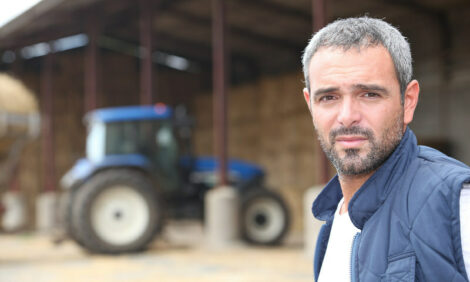



Research Shows Constant Mixing Decreases Breeding Sow Productivity
CANADA - Farm-Scape: Episode 1415. Farm-Scape is a Wonderworks Canada production and is distributed courtesy of Manitoba Pork Council and Sask Pork.  Farm-Scape is sponsored by
Manitoba Pork Council and Sask Pork  Play Audio Play AudioFarm-Scape is a Wonderworks Canada production and is distributed courtesy of Manitoba Pork Council and Sask Pork. |
Farm-Scape, Episode 1415
Research at the Prairie Swine Centre in Saskatoon shows the manner in which gestating sows are introduced into groups can dramatically effect stress and subsequent reproductive performance.
As part a four year study, looking at the performance of breeding sows housed in groups using electronic feeding, the Prairie Swine Centre is evaluating four different systems of managing those groups using two distinct approaches.
Research Scientist in Ethology Dr. Harold Gonyou says the research is showing sows housed in a static system, where cross mixing is minimized, out perform sows housed in a dynamic system, where new animals are regularly introduced.
"We have one system where they go in and we never add additional animals to that pen so there's only one day of mixing, one day of that tremendous social stress that occurs and then it's over.
That static system is proving to be better than the dynamic system where we're using a larger group size of animals but we are adding animals several times during an animal's pregnancy.
An animal experiences a social upset the day that she goes in and again five weeks later when other animals are added to her group and again five weeks later when still more animals are added to her group.
That is a management system that would operate on smaller farms and so that's why we are looking at it.
The results would indicate that productivity is are not quite as good as if you can operate under static system."
Dr. Gonyou the research also shows delaying the introduction of freshly bred sows into the groups by six weeks or so, to allow the embryos time to become firmly established, also increases productivity.
The group housed sows have now been evaluated through three parities, or breeding cycles, and are scheduled to go through a total of six parities...or about three year's of their lives.
For Farmscape.Ca, I'm Bruce Cochrane.








